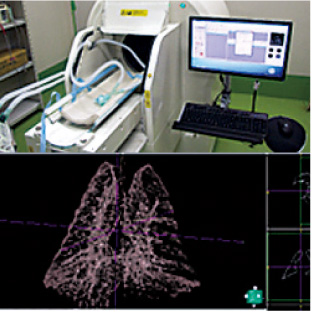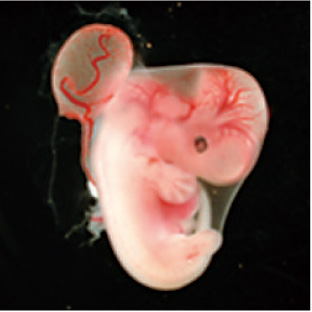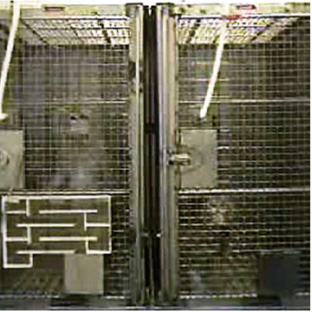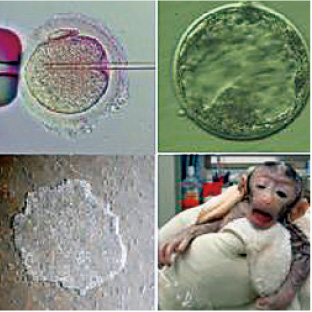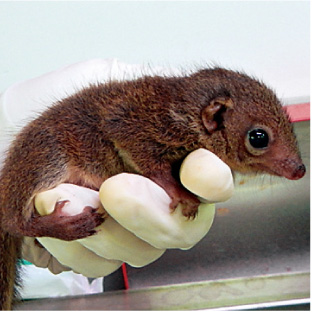All the research activities using monkeys are implemented according to the Helsinki Declaration of 1964 (the ethical principle for medical research) at TPRC. TPRC follows the fundamental principle of the Declaration that development of therapeutics and drugs should be advanced by referring to results from animal experiments to retain human dignity. In addition, for implementing animal experiments, researchers at TPRC bear in mind to respect social ethics and to make a convincing explanation for the general public. TPRC proposes 3 “Rs” (Reduction; to reduce the number of animals used and the experimental period, Replacement; to replace animal experiments with alternative measures without using animals, and Refinement; to refine animal experiments to relieve the burden on animals during the experiments) in advancing animal experiments. Moreover, TPRC is promoting its activities by adding another “R” (Responsibility of researchers) to achieve innovations in contributing results for public health.
TPRC has established the following principles for experiments using monkeys to clarify the ne- cessity for monkeys in the experiments with con- sideration on animal welfare:

All the researchers and the supporting staff involved in the experiments performed at TPRC should attend the necessary courses held by TPRC. It is mandatory for the researchers and the supporting staff to attend a variety of regular courses to enforce compliance with proper ethical guidelines for the monkey experiments and to prevent accidents. The related committees review the adequacy, necessity, animal ethics, etc., and only those proj- ects that have been approved by the committees can be initiated.
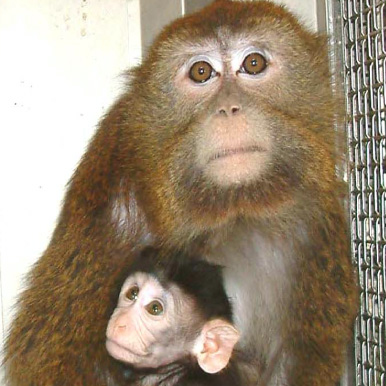
Cynomolgus monkeys show human-like characteristics such as higher brain functions, long life span, single pregnancy, and regular menstrual period, which are not found in other experimental animals. Furthermore, cynomolgus monkeys and human are annual breeders, unlike the genetically closely related rhesus and Japanese monkeys, which are seasonal breeders. Based on these phylogenic close relationships and the similarities in the various morphological aspects, as well as biological functions, between cynomolgus monkeys and humans, cynomolgus monkeys are thought to be the most important laboratory animal for the use in various studies.
Specific-pathogen free (SPF) monkeys that are known to be free from specifically defined pathogenic microorganisms are necessary to per- form experiments without unexpected negative influences. There are many zoonotic diseases or common infectious diseases among humans and monkeys because of the close relationship be- tween humans and monkeys. Some viruses are considered to have been adapted to either humans or monkeys alone during the developmental his- tory of humans and monkeys from their common ancestor. For example, B virus induces no serious infection in monkeys but causes fatal infection in humans. In contrast, SVV is not pathogenic in humans but induces lethal course in primary infected monkeys. Since SRV infection can result in immunodeficiency in monkeys, the virus may seriously affect the results of immunological stud- ies such as those on AIDS or vaccines. At TPRC, monkeys are kept free from microorganisms that are dangerous for humans or harmful for the maintenance of monkey colonies. Some microorganisms including Mycobacterium tuberculosis are potentially introduced into SPF monkey colonies through humans. Therefore, TPRC is continuously monitoring for such specific pathogens and aims to maintain SPF conditions in the colonies.
Shigella, Salmonella, Mycobacterium tuberculosis Measles virus, B virus, Simian varicella virus (SVV), Simian immunodeficiency virus, Simian T cell leukemia virus, Simian betaretrovirus (SRV), Epstein-Barr virus, Simian cytomegalovirus, Simian foamy virus
The cynomolgus monkeys at TPRC originally come from the Philippines, Malaysia, and Indonesia and are maintained and managed such that monkeys from different habitat areas are not mat- ed. Breeding is conducted to maintain hereditary differences for many generations within a certain constant deviation, with an aim to avoid inbreeding. By establishing colonies in such a genetically considered breeding environment, the monkeys can be used for the analysis of hereditary diseases. In addition, through this hereditary control, the monkeys can be used the biological analyses aimed at discovering differences in the prevalence of genes that control sensitivity to some of the pathogenic organisms between monkeys from the different original habitat areas. Pedigree analyses of some of the hereditary diseases such as macular degeneration and cardiac disease are being implemented. Typing of monkey major histocompatibility complex (MHC), the analog of the human counterparts, is being advanced to clarify the relationships between disease sensitivity and certain MHC types that are well recognized in hu- man cases. The typing is also useful for research in regeneration medicine in monkeys and for the systematic maintenance and regulation of monkeys for AIDS studies.
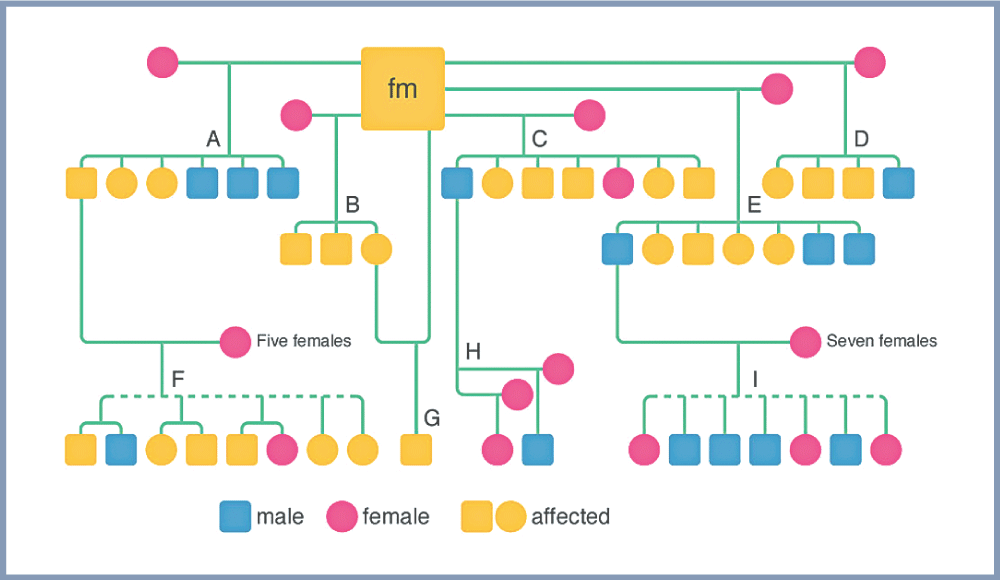
Many of the cynomolgus monkeys have been reproduced in-house at TPRC, and all the animals are examined for their health conditions. Some spontaneous diseases have been found during such health ex- aminations, and the familial progress of diseases such as macular degeneration, dilated cardiomyopathy, endometriosis, senile plaque formation, hyperlipidemia, and diabetes has been confirmed. Data on the familial progress of these diseases is a useful tool for studying pathological mechanisms and therapeutics. Since cynomolgus monkeys have a long life span and can be used for longevity studies such as those fo- cused on Alzheimer disease using aged animals that are more than 20 years old, which correspond to ≥60 years of age in humans. Some obese animals develop hyperlipidemia or diabetes and can be used as a model for life style-related diseases in humans. Thus, the extraction and analysis of spontaneous diseases in monkey colonies at TPRC makes a substantial contribution to the study of human diseases.
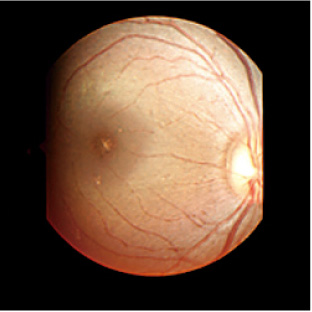
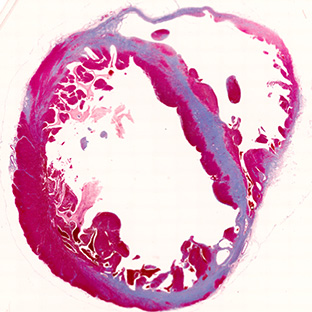
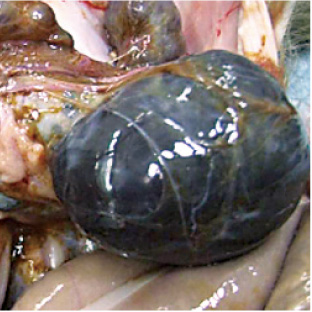
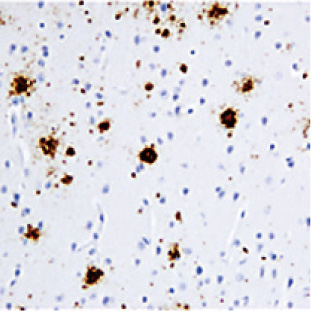
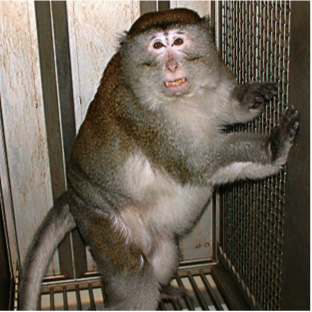
In addition to conducting research on the spontaneous diseases indicated above, TPRC is also proac- tively trying to develop model animals for these diseases by artificial manipulation. The proactive devel- opment of model animals is necessary for the development of therapeutics for a variety of human diseases including rare diseases. From this point of view, research on infectious diseases such as tuberculosis, prion disease, influenza, and AIDS, and other medical science research in areas such as regenerative med- icine, gene therapy, and cranial nerve diseases are conducted at TPRC. In-house reproduced cynomolgus monkeys are available at TPRC; therefore, monkeys or monkey fetuses can be used for studies that can be conducted only by using animals with a definite pregnancy period or embryonic age. Behavioral anal- ysis technology has also been established at TPRC for studies on brain function and exercise function in cranial nerve diseases, gene therapy, and prion diseases. Furthermore, research and development of novel research resources of ES cells or animals by taking advantage of artificial reproductive technology are in progress. In addition to the cynomolgus monkeys, rhesus monkeys, African green monkeys, and tree shrews that used to be classified as primates are also available at TPRC.
